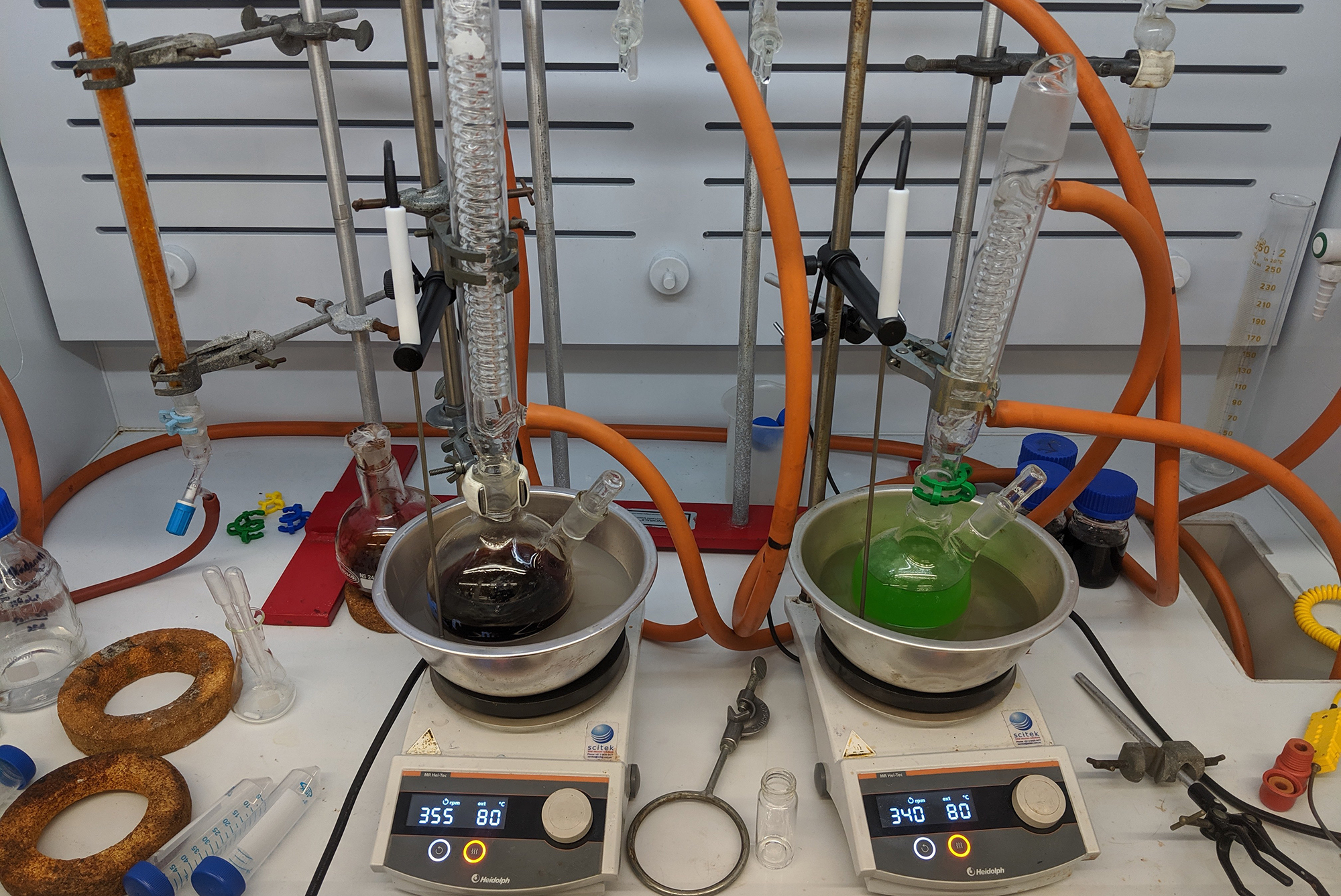It’s no coincidence that art that deals with the body politic is skewed toward works made by female artists: non-male bodies are most at risk from systematic oppression by biological technologies. Take the example of cancers of the sex organs: cervical and prostate. If we look at the systemic management of these two issues, one that largely affects women and the other that affects men, we see that prostate cancer involves little “guidance” around the requirements of men to be tested. A man feels pain, or may have a lover notice an unusual swelling, and he is then free to seek medical advice if he so chooses.
Women in Australia, on the other hand, have been required to present for invasive cervical testing every two years after the age of 18, even when asymptomatic, and even more frequently after having abnormal cells detected. These tests are traumatic for many young women, as are diagnoses of “abnormal cells”, only 5-20% of which ever go on to be determined malignant. 85% of women infected with HPV will go on to rid themselves of the infection without having parts of their cervix removed in procedures that can lead to an inability to have carry a baby to full term due to weakness of the lower cervix. The problem here is the psychological, and in some cases physiological, damage for women without much choice.
These tests have become so commonplace that we women feel obligated to undergo these tests, which are seen as part of “properly taking care of your health”. One problem is that younger women, more likely to be in a phase of sexual exploration in their lives, and perhaps to have different partners, will be exposed to a greater number microflora, even with the use of condoms. This exposure creates temporary changes that are normal—and not necessarily pathological—but affected cells are assigned the status of abnormal, and this wording has led to several women I have spoken to misinterpreting the result as pre-cancerous. In addition to this, in Australia, we have recently rolled out immunizations against the common Human Papilloma Virus (HPV), which the Australian Department of Health blandly states “can cause genital warts and cancer.” . HPV is a virus that is sexually transmitted, but that is so common that most sexually active people have it at some point, although many are asymptomatic. The HPV vaccine is available to everyone, being most effective when given prior to becoming sexually active, however, it is marketed largely toward young women, being affectionately dubbed The Cervical Cancer Vaccine.
Thankfully, advances in testing have meant the Australian Cervical Screening Program has replaced the 2 yearly pap smear test with a once every 5 years HPV test, which although the sampling procedure is still invasive, is more accurate and therefore needs to be done less often. However, the language used on their website reinforced the sense that this is not an option: “For most women aged 25 to 74, your first Cervical Screening Test is due two years after your last Pap test. After that, you will only need to have the test every five years if your result is normal.” This sense of it being a requirement rather than choice is reinforced by the repeated communications from general practitioners when tests are due.
Now this is not to say I am against our health system for providing opportunities for early detection and treatment, for many this has been a life-saving measure, but the example serves to point out that the system provides different approaches for different genders, and that one perspective of this scenario is that of an oppression against biologically female bodies. Men are able to manage their own bodies, while women’s bodies must be managed.
With that in mind, it is perhaps not surprising that we find predominantly find female artists working with body politics in art. In Australia we have artists such as Patricia Piccinini, Helen Pynor and Julie Rrap, whose work imparts the themes of power over the body—by individuals, institutions, technology — and with the possibilities and perils of this influence, beyond the scientific and into the feminist, cultural and social realms.
